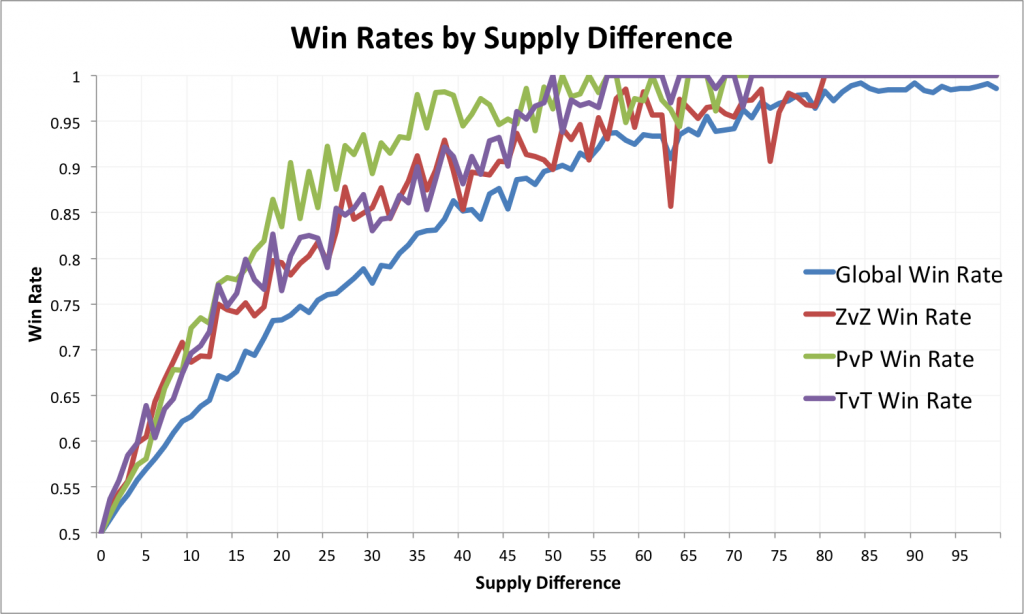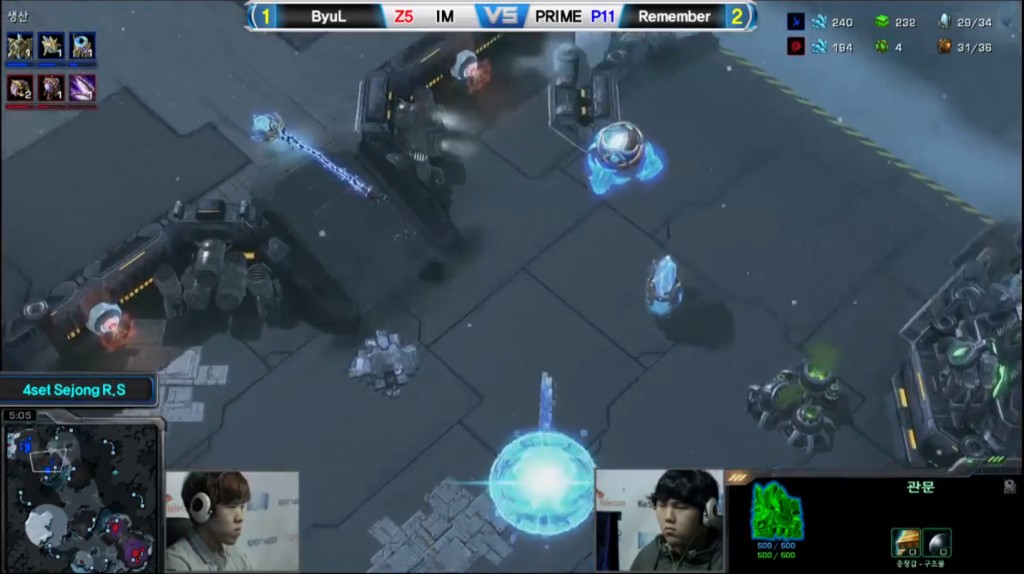This past week, ESPN launched FiveThirtyEight, a website dedicated to data journalism. The lead for the site is Nate Silver, a statistician and writer, who most famously correctly predicted the winner of all 50 states in the 2012 US presidential elections. Roughly, the site is dedicated to to the use of quantitative methods in journalism across politics, economics, science, life, and sports.
Silver outlines a manifesto for the site, and I want to draw attention to a few points he makes. First, he leads with the point that his presidential prediction was not impressive by comparing it to other models, but instead by comparing it to pundits. I think the framing of his argument is very important here because it points out the type of thinking that we’re used to. Second, he points out the spectrum along quantitative and qualitative approaches to journalism. Both types of analysis are important, but he sees quantitative as being under-represented, hence the creation of FiveThirtyEight. Third, he outlines an approach to journalism as collection, organization, explanation, and generalization. Particularly, he criticizes the last two steps in in conventional journalism. Explanation in often missing as journalists fail to properly attribute causation, and predictions (as part of generalization) are under-scrutinized and often inaccurate. Continue reading


